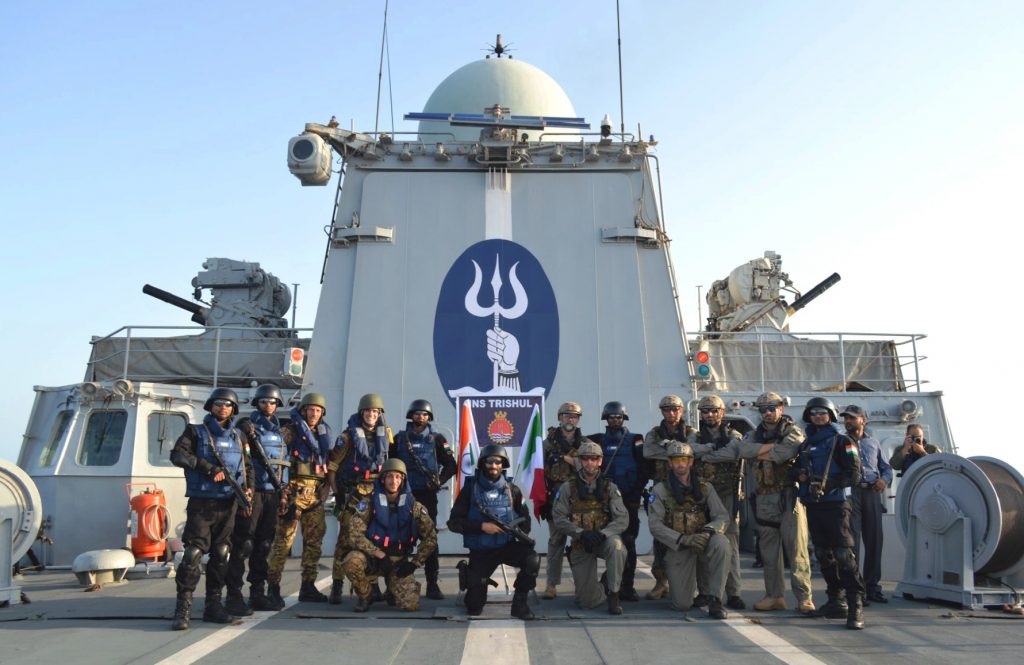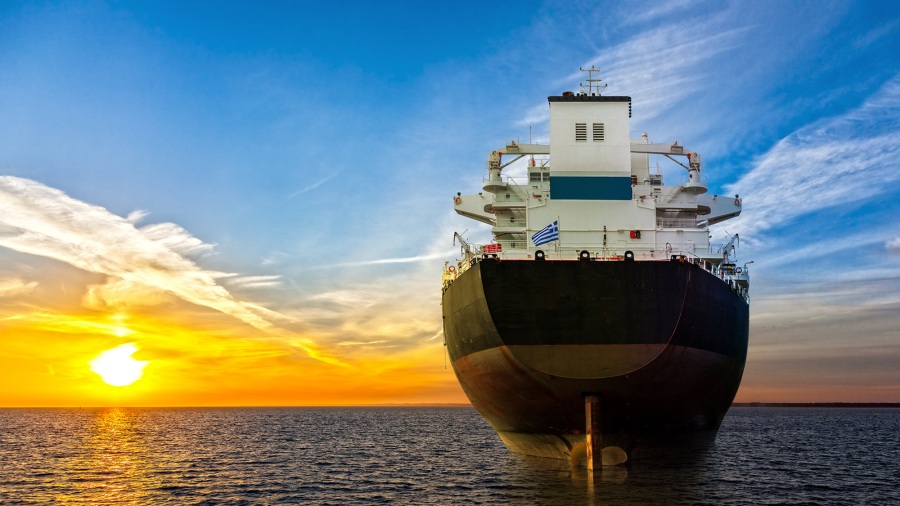A global narrative that the European Union may not be the right participant in addressing global security challenges is currently undergoing widespread transition. From a regional power to a global force, the European Union is out to set its footprint in various spheres of non-traditional security challenges, ranging from the environment to cybersecurity.
While it is a popular observation that the EU is one of the gatekeepers that keeps the gates of multilateralism wide open, India, the EU’s ninth-largest trading partner is also one among the many. Although India-EU relations date back to the 1960s, it was in 2004 that these relations were referred to as a strategic partnership. How far have the strategic partners travelled since 2004? A significant number of developments have taken place in India-EU relations and the latest proof of the same was re-iterated during the 15th EU-India Summit that was held virtually in July 2020 amid rising COVID-19 concerns. While trade and investment have been a subject matter at the table since negotiations for the EU-India Free Trade Agreement began in 2007, the recent summit focused on three key areas including peacekeeping, nuclear cooperation and maritime security.
Tracing back to the 1960s, when diplomatic ties were beginning to be established between India and the European Union, the maritime disparity between both sides was evident with India absorbed in addressing challenges posed by its neighbours while old European powers such as France and Britain continued to regulated overseas territories leveraging naval capabilities. In 2020, the scenario and the need to shed light on maritime cooperation has become rather crucial especially with China’s growing assertiveness in the India Ocean Region. This is not to say that India-EU relations in terms of maritime security were frozen between the 1960s and 2020. A milestone moment for the strategic partners was the first naval exercise conducted by the ITS Fasan, the European Union Naval Force’s Italian Flagship with the Indian Navy’s vessel, INS Trishul off the coast of Somalia in 2017.

Image source: https://eunavfor.eu/eu-naval-force-and-indian-maritime-cooperation/
Despite the downfalls and mutual suspicion concerning the Enrica Lexie, India no longer views the EU as a partner solely in terms of trade and investment. New and increased levels of cooperation between the EU NAVFOR and the Indian Navy would be a step in the right direction to deal with tensions in the Indian Ocean region. Alongside the EU partnering with India in joint naval exercises, the bloc could also serve as a force enabling dialogues on cooperation between India and China since the latter is also a strategic trade partner to the EU. With a shift in US Presidency, a once reluctant USA that viewed the EU’s entry into the Quad Plus grouping would now welcome the Union to partake in maintaining the liberal global order and adhering to the laws of the sea. Combined efforts by India and the Union in the face of increasing expenditure on the New Maritime Silk Road Programme by China could help handle the growing competition. The EU’s participation in the SagarMala project is also an avenue that could deepen the India-EU strategic partnership.
In the 21st century, the China factor, its growing influence and the need to maintain a stable global order are all push factors that could foster stronger ties between India and the European Union. As the scope for cooperation continues to broaden, a long-lasting multilateral association stands prominent in the future for India and the European Union.
-Merin Susan Suresh
Symbiosis School of International Studies
Member, SCES Student Think Tank
Cover image courtesy: https://o-ring.info/en/industries/maritime-industry/
